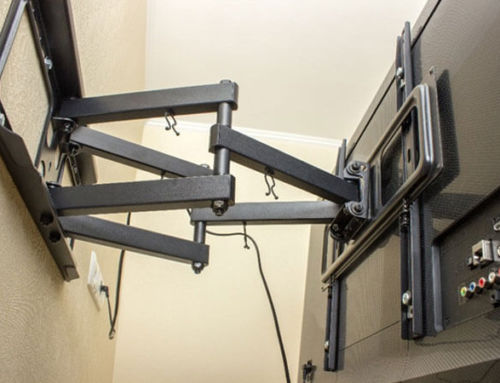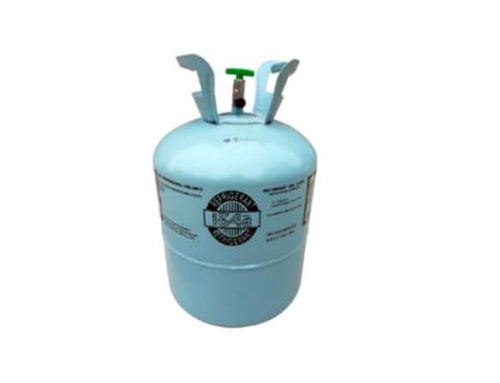How to decide which wall mounted TV is best for you
Do you want to accept the minimalist style of TV hanging on the wall? Buying a TV wall mount sounds like a simple job, but you need to consider the different specifications of the bracket. Everyone doesn’t want to risk the TV falling off the wall, so they need to find the right TV wall mount.
So, do all TV’s fit all wall mount? The simple answer is no.
First of all, we need to know what kind of TV bracket to buy and where to buy it. Seemingly simple work can be a headache soon. Next, I’ll show you what size / type of bracket is best for you, so you don’t find it’s hard.
The major wall mount brands on the market are suitable for almost all LCD TVs, whether you have Samsung, Sony, LG or other TV brands. A TV wall mount doesn’t have to be the same brand as your TV.
How to choose the TV wall mount?
There are three things you should consider before you buy a TV wall mount. They are the size of your TV, the weight of your TV, and the VESA installation mode of your TV
TV Screen Size
Each TV wall mount has a suitable TV size range. If your TV is 24 inches, you should at least choose a TV wall mount with a range up to 25 inches. The TV wall mount can be adjusted to fit smaller TV sizes, and the wall mount description usually specifies the appropriate size for the wall mounted TV. The size of your TV screen gives you the easiest way to match the right wall bracket. Remember to measure diagonally from one corner to another.
Weight limit
You should also consider the weight limit of the TV wall mount. Most flat panel TVs meet the weight limits for the correct size of the TV wall mount. However, it’s better to check before you buy the wall mount. Both the TV manual and the label on the back of the TV should specify the weight of the TV.
The TV VESA
VESA sounds complicated, but it’s not! VESA represents the Video Electronics Standards Association. They’ve standardized the distance between the holes on the back of your TV, which means most modern wall mounts should be compatible with newer TV models.
It’s quite easy to check the mode of your TV, because most TVs tell you how to measure VESA in the manual.
If you have an old TV, or you can’t find the VESA specification in any TV related documents, it’s time to take out the tape measure!
To check the size yourself, measure between the vertical and horizontal holes on the back of the TV. Then when you buy the bracket, you just need to find the size that matches the TV.
The VESA interface standard defines the distance (horizontal distance x vertical distance) between the four mounting holes on the back of the TV, in millimeters. VESA is the standard for TV wall mount and wall mounted systems. Most TV brands adopt VESA. The common VESA sizes are 200 x 200, 400 x 400 and 600 x 400, depending on the screen size of the TV.
In general, to ensure that you do not have to replace your wall mounts later, there are three things to consider; TV screen size, weight limit and VESA mode.
What Type of TV Mount Do you Want?
Adjustable mobile brackets come out of the wall a lot, which makes it more difficult to manage the cable, and in many cases, people don’t move the TV as they think. On the other hand, if you’re not going to move a TV, a thin, fixed base is usually the best.
Is there any environmental factor?
Before you start installing your TV bracket, take a moment to consider any environmental factors that might limit your style.
Think about where you want to install your TV. Consider the external factors that may affect your experience, such as whether your TV is too close to the radiator or fireplace?
Do you need to put audio or DVD and other components beside the TV?
All in all, when choosing a TV stand, you should not only consider the price of the TV wall mount. You should pay attention to the size, weight, VESA, even the material of the wall, the layout of the room, and think about where you want to sit while watching the TV. Remembering all of these will help you make the choice that best suits your specific situation.


